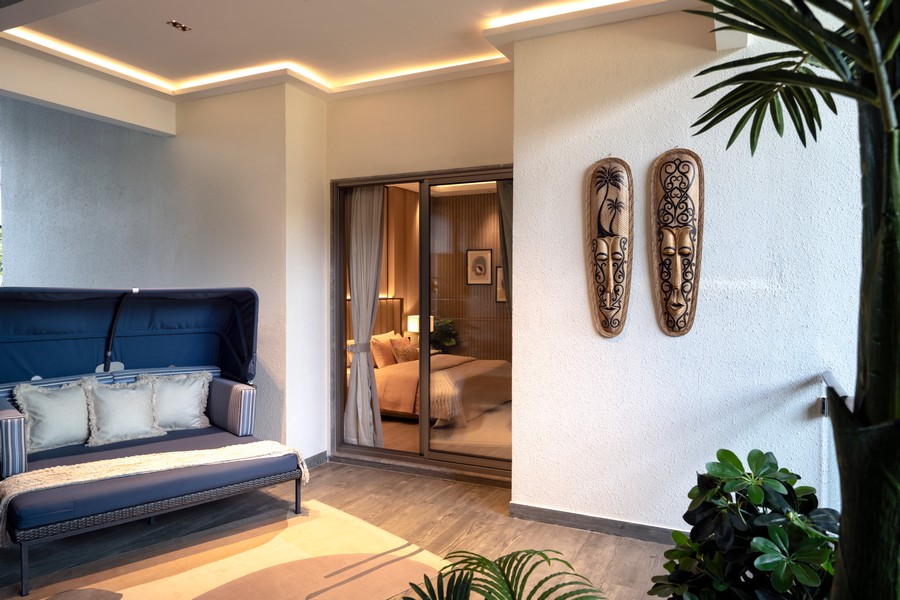
Which are the top key components of sustainable architecture for luxury apartments?
Luxury apartments in cities like Delhi are not just about opulence and grandeur; they are also embracing sustainable architecture to cater to the growing awareness and demand for eco-friendly living spaces. TARC boasts about its sustainable architecture, which focuses on reducing the environmental impact of buildings while creating comfortable and healthy living environments for occupants. In the context of luxury residences in Delhi, here are some key components of sustainable architecture:
1. Energy-efficient design:
Luxury apartments in Delhi are incorporating energy-efficient design principles to reduce their carbon footprint. This includes features such as orientation to maximize natural light and ventilation, high-performance insulation, energy-efficient appliances, and LED lighting. Through reducing energy consumption, such buildings lower greenhouse gas emissions and contribute to environmental sustainability.
2. Use of eco-friendly materials:
Sustainable architecture emphasizes the use of environmentally friendly materials that have minimal negative impact on the environment. Luxury apartments in Delhi like TARC Kailasa, TARC Tripundra, and many more TARC's upcoming properties are incorporating materials such as recycled steel, reclaimed wood, bamboo, and low-VOC paints and finishes. These materials not only reduce the demand for virgin resources but also promote healthier indoor air quality for residents.
3. Water conservation measures:
Water scarcity is a pressing issue in cities like Delhi, making water conservation a priority in sustainable architecture. Luxury apartments by TARC incorporate water-saving fixtures such as low-flow faucets, toilets, and showerheads, as well as rainwater harvesting systems and greywater recycling. These measures help reduce water consumption and alleviate pressure on local water resources.
4. Green spaces and landscaping:
Integrating green spaces within luxury apartment complexes is a hallmark of sustainable architecture. These green spaces not only enhance the aesthetic appeal of the development but also provide numerous environmental benefits, such as improved air quality, noise reduction, and habitat creation for wildlife. Features like rooftop gardens, vertical gardens, and landscaped courtyards are increasingly common in luxury residences in Delhi.
5. Passive design strategies:
Passive design strategies focus on optimizing the natural elements to maintain thermal comfort within buildings. Luxury apartments in Delhi, especially by renowned developers like TARC, utilize passive design techniques such as proper building orientation, shading devices, natural ventilation, and thermal mass to reduce reliance on mechanical heating and cooling systems. This not only reduces energy consumption but also enhances the overall comfort and livability of the spaces.
6. Integration of renewable energy:
To further reduce their environmental impact, luxury apartments in Delhi by TARC are increasingly integrating renewable energy sources such as solar panels and wind turbines. These on-site renewable energy systems generate clean electricity, reducing reliance on fossil fuels and lowering carbon emissions. In addition to providing environmental benefits, renewable energy systems can also result in long-term cost savings for residents.
In conclusion, sustainable architecture plays a crucial role in shaping the future of luxury residences in Delhi. By incorporating energy-efficient design, eco-friendly materials, water conservation measures, green spaces, passive design strategies, and renewable energy integration, luxury apartments by TARC are not only offering a high standard of living but also contributing to a more sustainable and resilient urban environment. As the demand for luxury living continues to grow, prioritizing sustainability in architectural design will be essential for creating truly luxurious yet environmentally responsible residences.

